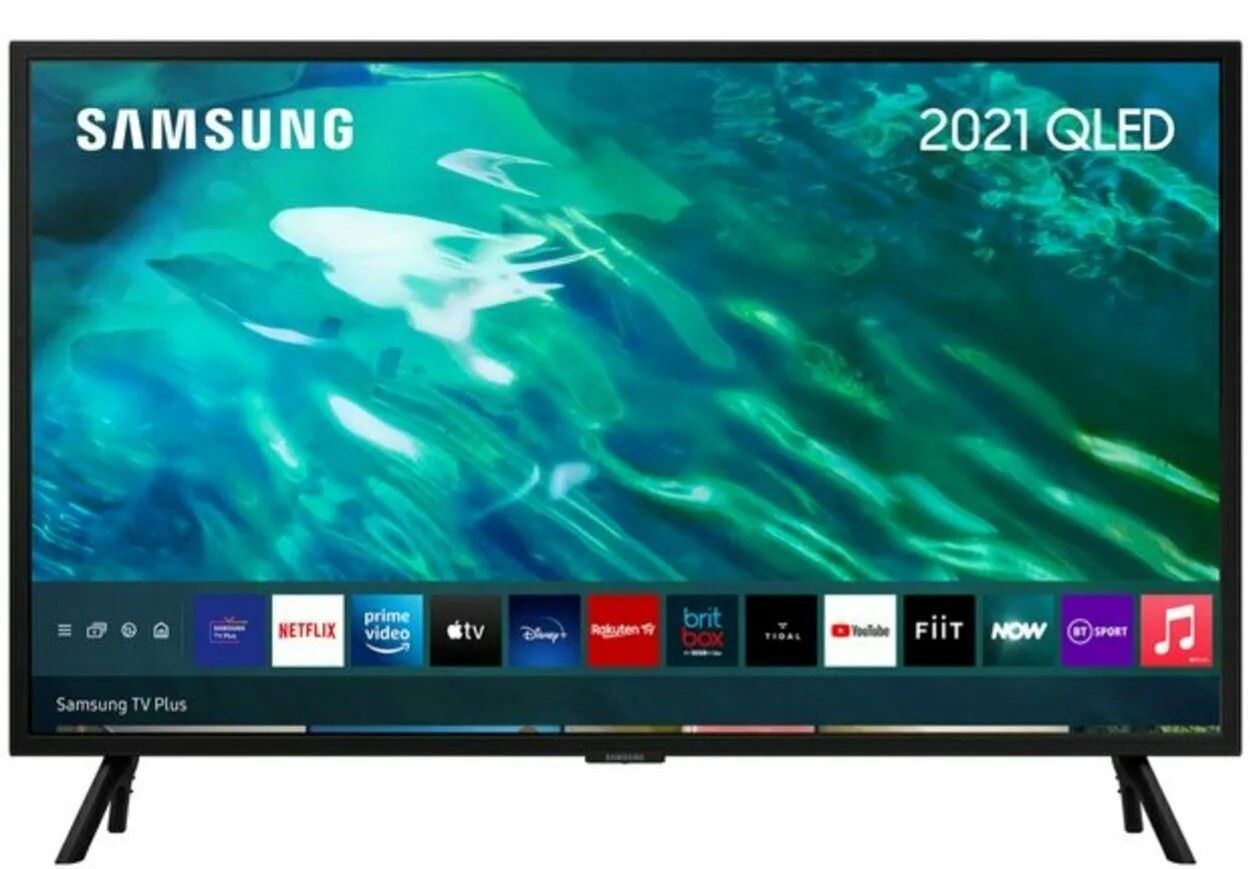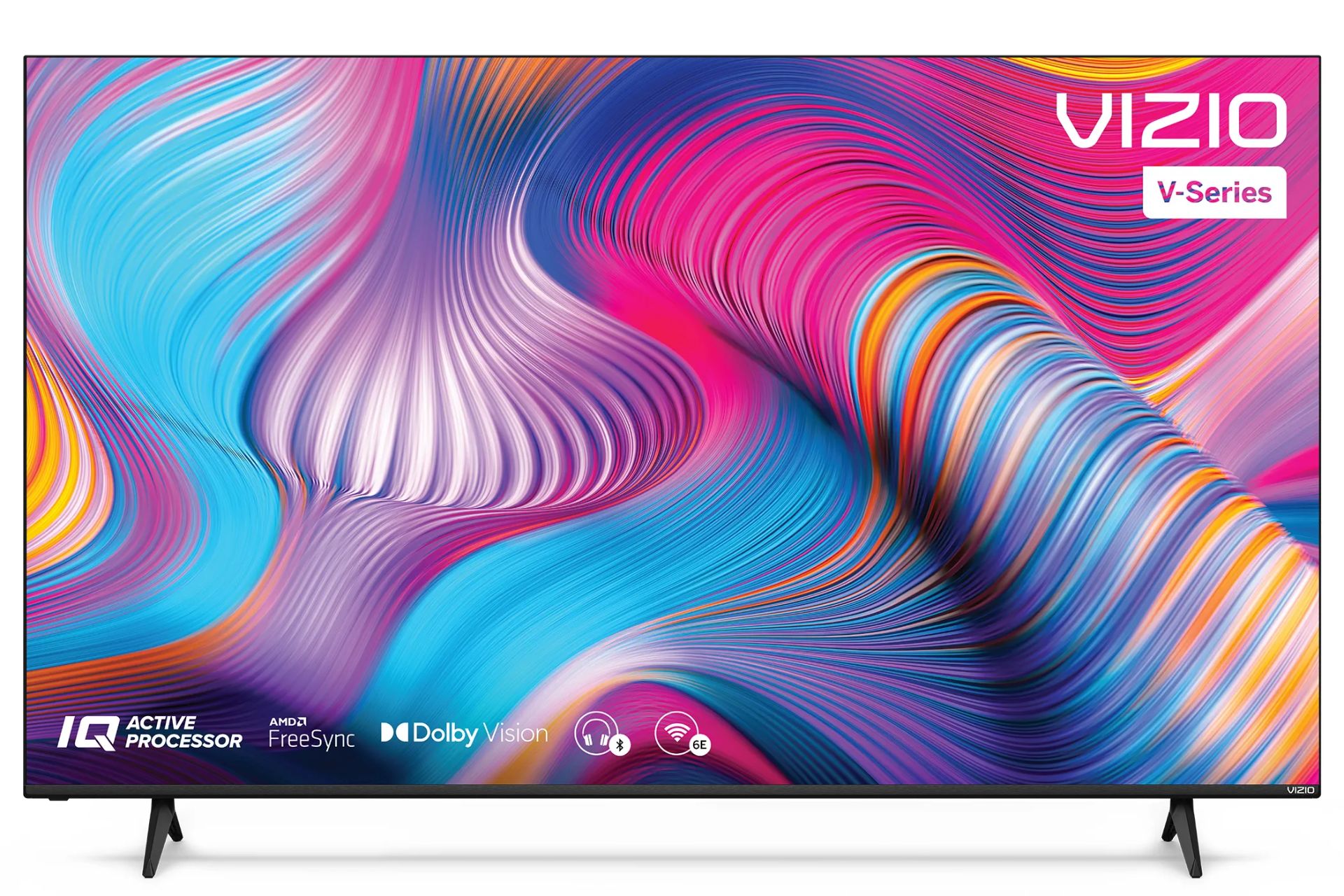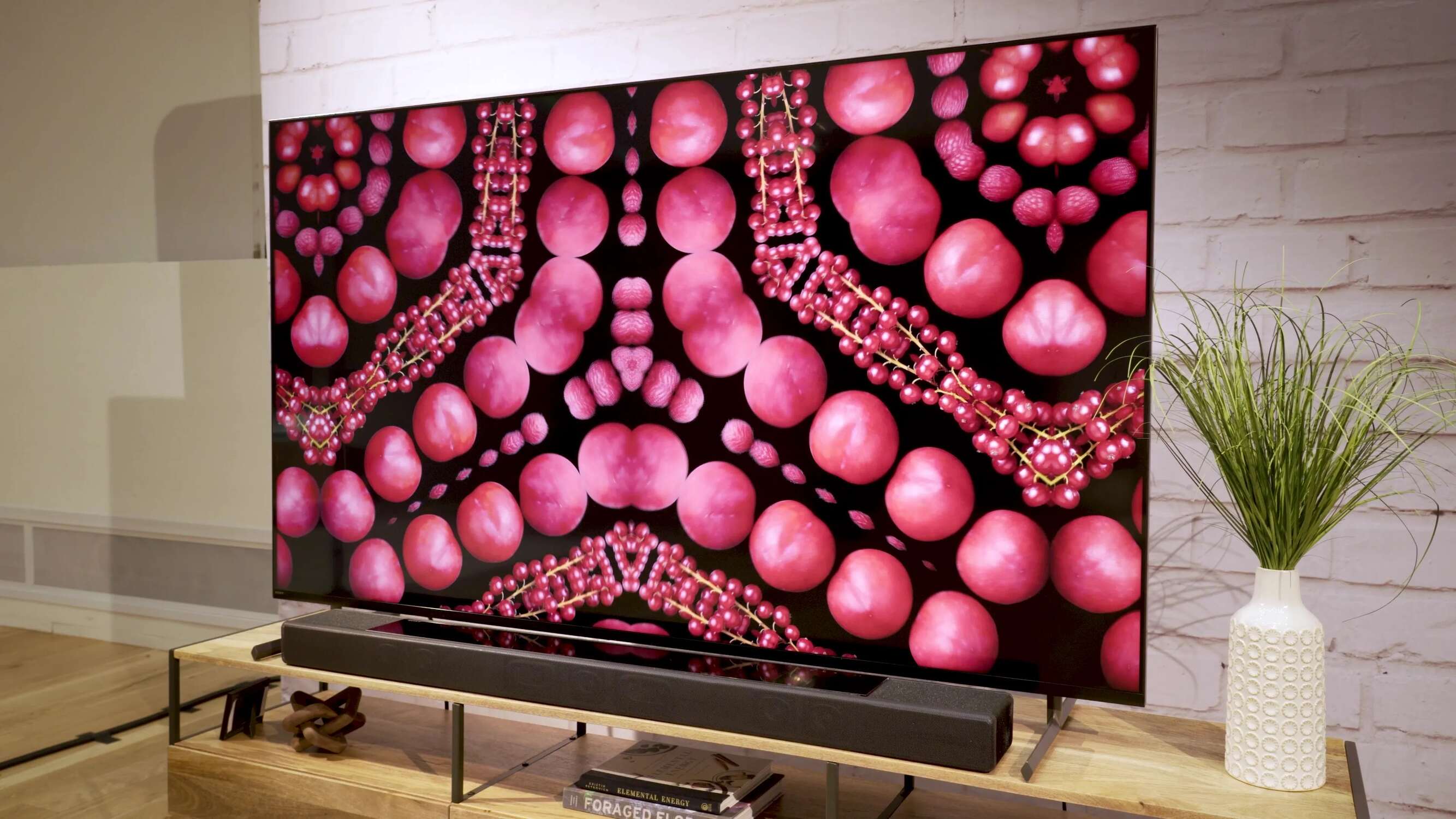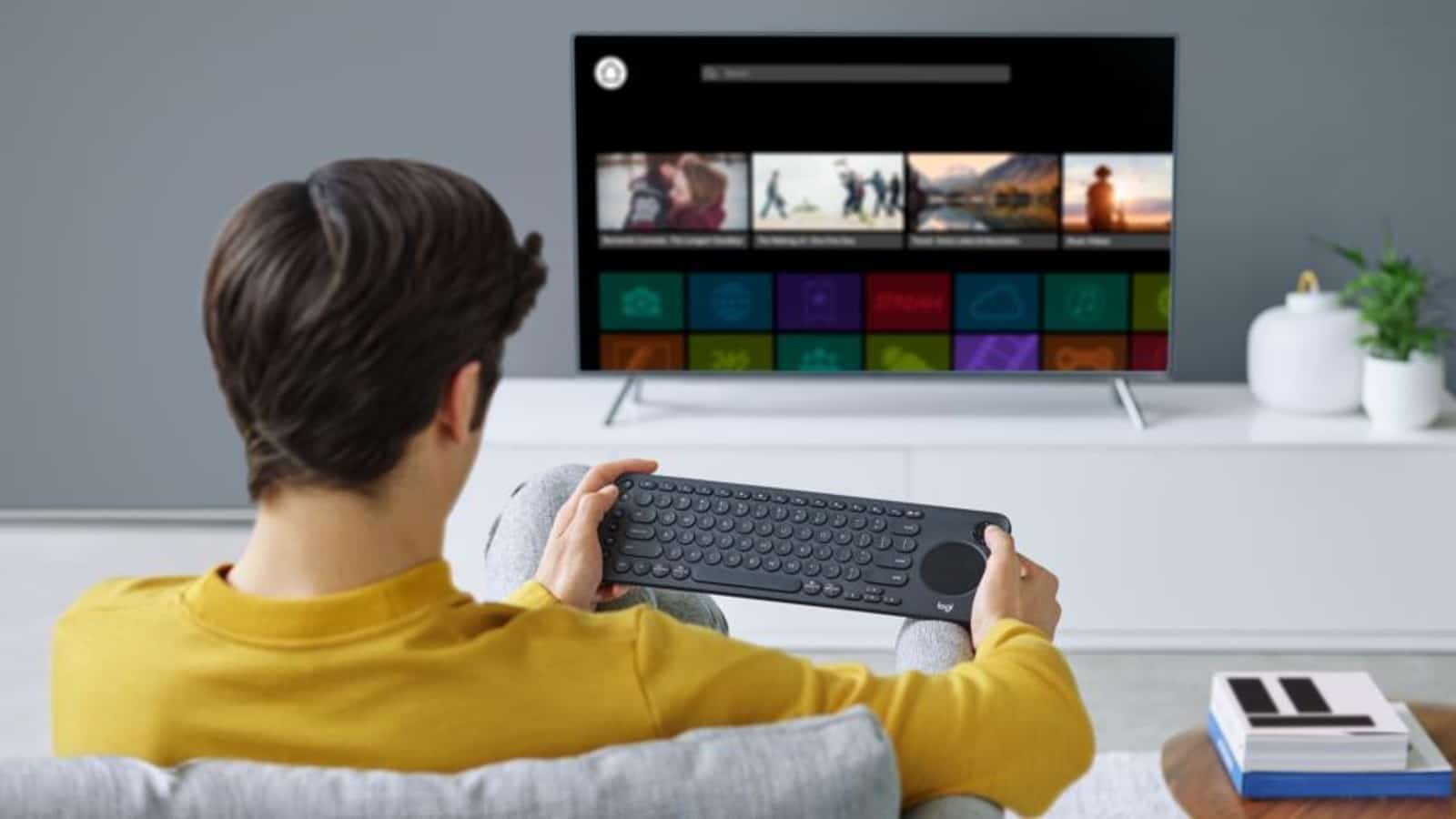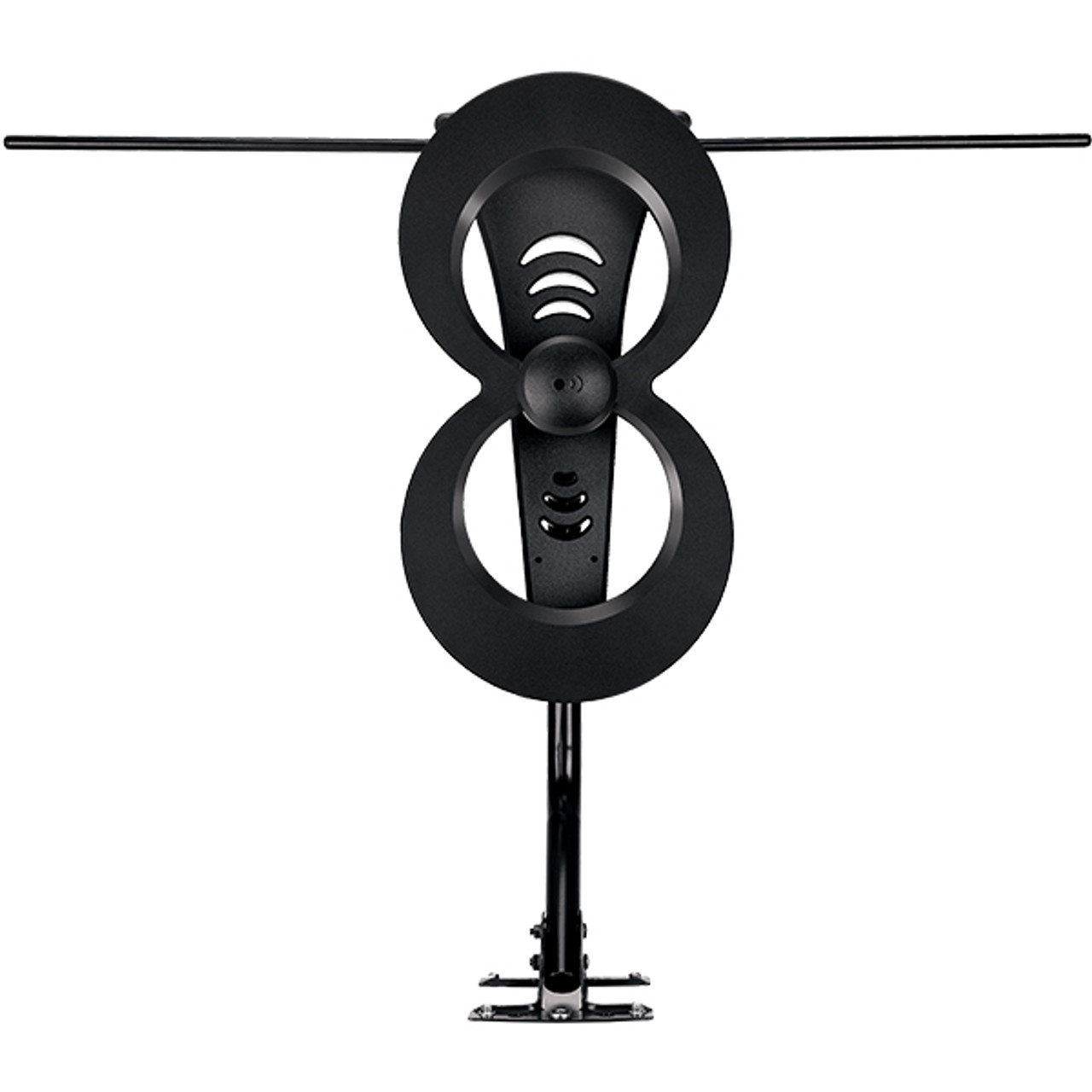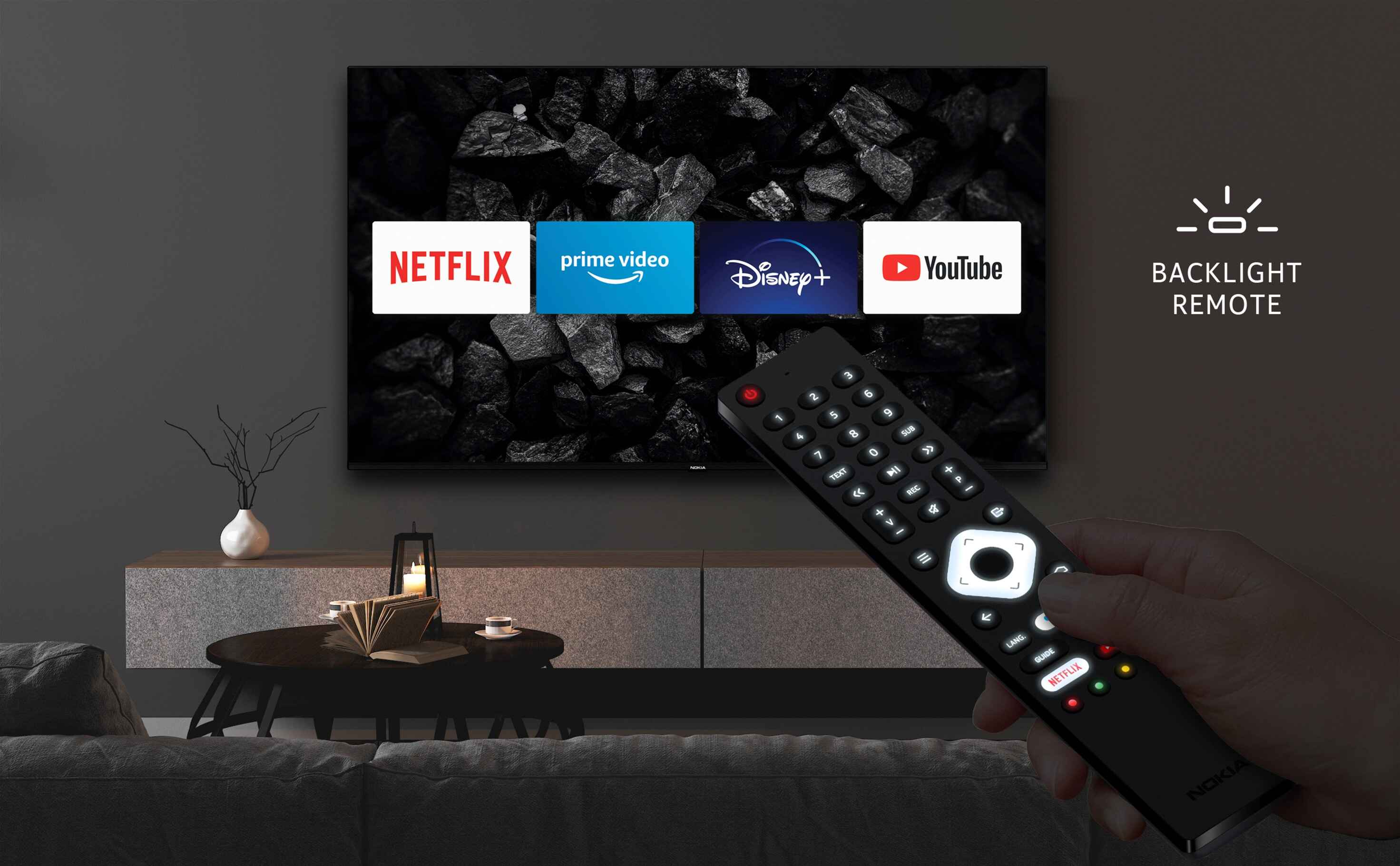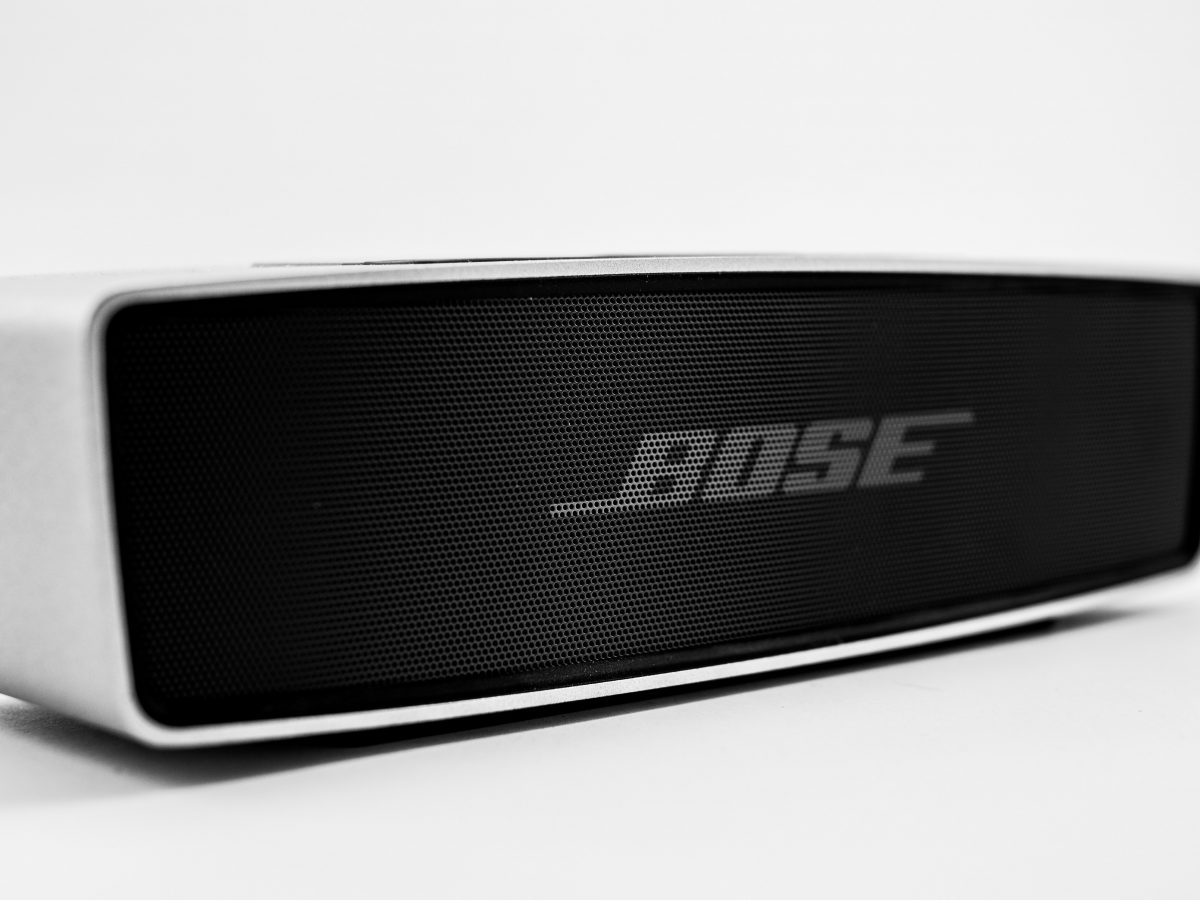Introduction
A smart TV has become a household staple in recent years, providing endless hours of entertainment and connectivity. Whether you’re streaming your favorite shows, browsing the web, or playing video games, smart TVs have revolutionized our viewing experience. However, like any electronic device, smart TVs have a lifespan, and understanding how long they typically last is essential for consumers.
Smart TVs are not just traditional televisions; they are equipped with advanced features and built-in technology that allow them to connect to the internet, access various applications, and provide a range of interactive experiences. While the lifespan of a smart TV can vary depending on several factors, such as usage patterns, manufacturing quality, and technological advancements, there are ways to maximize its longevity.
In this article, we will explore the factors that affect the lifespan of a smart TV, provide an average estimate of how long they typically last, and offer tips to extend the life of your TV. Additionally, we will discuss the signs that may indicate your smart TV is reaching the end of its lifespan and what you can do with an old TV once it’s time for an upgrade.
Factors Affecting the Lifespan of a Smart TV
The lifespan of a smart TV can be influenced by various factors that impact its overall performance and longevity. Understanding these factors can help you make informed decisions and take appropriate measures to prolong the lifespan of your device.
1. Quality of Components: The quality of the components used in the manufacturing of a smart TV plays a crucial role in its lifespan. High-quality components are more likely to withstand wear and tear over time and offer better durability. It is advisable to choose reputable brands known for their reliable and durable products.
2. Usage Patterns: The amount of time a smart TV is used and the intensity of usage can affect its lifespan. Continuous and prolonged usage can put strain on the internal components, potentially leading to overheating and other issues. It is recommended to give your smart TV periodic breaks and avoid using it for extended periods without any rest.
3. Environmental Factors: The environment in which the smart TV is placed can also impact its lifespan. Extreme temperatures, humidity, dust, and exposure to direct sunlight can all contribute to the deterioration of the TV’s internal components. It is essential to ensure proper ventilation and avoid exposing the device to unfavorable conditions.
4. Software Updates: Regular software updates are essential for the optimal performance of a smart TV. Manufacturers often release updates to improve functionality, fix bugs, and enhance security. Failing to install these updates can result in compatibility issues and decreased lifespan. It is advisable to keep your smart TV’s software up to date.
5. Power Surges: Power surges can occur due to electrical fluctuations, lightning strikes, or faulty wiring. These sudden spikes in voltage can damage the internal circuitry of a smart TV. Investing in a surge protector can help protect your device from such unforeseen power surges and extend its lifespan.
By considering these factors, you can take proactive measures to extend the lifespan of your smart TV. Regular maintenance, proper usage, and environmental considerations are all essential in ensuring your device performs optimally for as long as possible.
Average Lifespan of a Smart TV
The average lifespan of a smart TV can vary depending on several factors. Generally, the lifespan of a smart TV is estimated to be around 7-10 years. However, this estimate can be influenced by the quality of the TV, usage patterns, environmental conditions, and technological advancements.
Higher-end smart TVs from reputable manufacturers tend to have longer lifespans compared to lower-priced models. These TVs are often built with better components and undergo rigorous quality control measures during manufacturing. Investing in a higher-quality smart TV can offer you a longer-lasting entertainment experience.
Usage patterns also play a significant role in determining the lifespan of a smart TV. Smart TVs that are used for extended periods without proper rest and cooling may subject their internal components to unnecessary stress, increasing the chances of premature failure. Giving your smart TV periodic breaks and following manufacturer-recommended usage guidelines can help extend its lifespan.
Environmental conditions can also impact the longevity of a smart TV. Exposure to extreme temperatures, high humidity, dust, and direct sunlight can result in accelerated wear and tear on the TV’s internal components. It is crucial to ensure proper ventilation and protect the TV from unfavorable environmental factors.
Technological advancements can also affect the lifespan of a smart TV. As technology continues to evolve, newer models with improved features and enhanced performance are introduced to the market. Over time, older smart TVs may become outdated and less compatible with the latest software updates and applications. While the TV itself may still function, its usefulness and compatibility may diminish over time.
Overall, while the average lifespan of a smart TV is around 7-10 years, it’s important to remember that individual experiences may vary. Taking proper care of your smart TV, following usage guidelines, and keeping up with software updates can help prolong its lifespan and ensure you continue to enjoy the benefits of smart entertainment for years to come.
Tips to Extend the Life of Your Smart TV
Smart TVs are a significant investment, and you want to ensure that they last as long as possible. By following these tips, you can extend the lifespan of your smart TV and enjoy quality entertainment for years to come.
1. Proper Placement: Choose the location for your smart TV wisely. Ensure that it is placed on a stable surface and away from direct sunlight, excessive heat sources, and high humidity areas. Proper ventilation is crucial to prevent overheating and prolong the lifespan of the internal components.
2. Optimal Viewing Conditions: Adjust the brightness and contrast settings of your smart TV to an optimal level. Excessive brightness can lead to accelerated wear on the display, while high contrast settings can strain the internal components. Finding the right balance will not only enhance your viewing experience but also contribute to the longevity of your TV.
3. Regular Cleaning: Dust and debris can accumulate on your smart TV over time, which can affect its performance and lifespan. Gently wipe the screen with a microfiber cloth and use a soft brush or compressed air to remove dust from the vents and other accessible areas. Avoid using harsh chemicals or abrasive materials that can damage the TV’s surface.
4. Power Surge Protection: Invest in a high-quality surge protector to safeguard your smart TV against unexpected power surges. Power fluctuations can damage the internal circuitry of the TV, shortening its lifespan. A surge protector will provide an additional layer of protection and help maintain a stable power supply to your TV.
5. Firmware Updates: Keep your smart TV’s firmware up to date. Manufacturers release periodic updates to enhance functionality, security, and compatibility with new applications and services. Regularly check for updates and install them as recommended by the manufacturer to ensure optimal performance and longevity.
6. Periodic Rest: Avoid continuously running your smart TV for extended periods. Giving it periodic rest periods, especially if you use it for hours at a time, allows the internal components to cool down and reduces the risk of overheating. Consider implementing a schedule or timer to automatically turn off your TV after a certain period of inactivity.
7. Avoid Power Cycling: Power cycling, which involves repeatedly turning the TV on and off, puts unnecessary strain on the device. Try to avoid excessive power cycling, as it can affect the lifespan of the TV’s internal components. Instead, use the TV’s standby mode when not in use.
By following these tips, you can take proactive measures to extend the life of your smart TV. Proper placement, cleaning, power surge protection, software updates, and avoiding excessive usage can help ensure that your smart TV remains in optimal condition for an extended period.
Signs That Your Smart TV May Be Reaching the End of Its Lifespan
As smart TVs age, they may start showing signs of wear and tear, indicating that they are approaching the end of their lifespan. Being aware of these signs can help you prepare for a potential replacement and avoid any sudden disruptions in your entertainment experience.
1. Diminished Picture Quality: If you notice a significant decline in the picture quality of your smart TV, such as blurry images, distorted colors, or dead pixels, it may be a sign that the internal components are deteriorating. Over time, the display panel or other critical parts may wear out, affecting the overall viewing experience.
2. Sluggish Performance: Aging smart TVs may experience slower response times, delayed input recognition, and overall sluggish performance. You may notice a delay in navigating menus, opening and streaming applications, or switching between different inputs. These performance issues can indicate that the TV’s internal processing power is declining.
3. Frequent Freezing or Crashing: If your smart TV frequently freezes, crashes, or restarts unexpectedly, it could be a sign of underlying hardware or software issues. As smart TVs age, the internal components may struggle to keep up with demanding applications and updates, resulting in instability and system errors.
4. Audio Problems: When the sound quality of your smart TV starts to deteriorate, with distorted or muted audio, it may indicate problems with the internal audio system or speakers. Aging speakers or damaged audio circuitry can significantly impact the audio output, compromising your overall viewing experience.
5. Connectivity Issues: If your smart TV struggles to connect to Wi-Fi networks, experiences frequent disconnections, or fails to recognize peripheral devices, it may be a sign of aging network adapters or outdated software. These connectivity issues can limit your ability to access online content or use external devices with your TV.
6. Incompatibility with New Applications: As technology advances, newer applications and services may require more significant hardware and software capabilities than older smart TVs can provide. If you find that your smart TV is no longer compatible with the latest streaming apps or fails to support new features, it may be a sign that it has reached the end of its lifespan.
7. Repetitive Repairs: If your smart TV requires frequent repairs or maintenance, it may be a clear indication that it is approaching the end of its lifespan. Continuing to invest in repairs can become costly and may not guarantee a permanent solution. In such cases, it may be more practical to consider replacing the TV.
While these signs may suggest that your smart TV is nearing the end of its lifespan, it is essential to consult with a professional technician to assess the situation accurately. They can provide expert advice and determine if any issues can be resolved or if it’s time to start considering a replacement.
What to Do with an Old Smart TV
When it’s time to upgrade your smart TV and replace your old one, you may wonder what to do with the outdated device. Here are some options to consider:
1. Sell or Donate: If your old smart TV is still in working condition, you can sell it or donate it to someone in need. Online marketplaces and classified ads websites provide platforms to sell your used electronics. Alternatively, you can donate your TV to charitable organizations, schools, or community centers where it can still serve a purpose.
2. Trade-In: Many retailers offer trade-in programs where you can exchange your old smart TV for credit towards the purchase of a new one. This option allows you to offset the cost of the new TV while ensuring that the old device is properly disposed of or refurbished.
3. Repurpose: Get creative and repurpose your old smart TV. You can turn it into a dedicated gaming console by connecting it to a gaming system. Alternatively, you can repurpose it as a secondary monitor for your computer, use it as a digital photo frame, or transform it into a home media server.
4. Recycle: If your old smart TV is no longer functional or in a condition that can be resold or repurposed, it’s important to recycle it responsibly. Electronic waste can have harmful effects on the environment if not disposed of properly. Check with local recycling centers or electronic waste recycling programs in your area to ensure your old TV is recycled in an environmentally-friendly manner.
5. Repairs or Upgrades: Depending on the specific issues with your old smart TV, you may consider getting it repaired or upgrading certain components. However, this option may not be cost-effective if the repairs or upgrades are substantial or if your TV is significantly outdated. It’s important to weigh the costs versus the benefits before deciding to invest in repairs or upgrades.
Remember to ensure that any personal information stored on your old smart TV is securely wiped before selling, donating, or recycling it. Resetting the TV to its factory settings will help remove any personal data and restore it to its original state.
By choosing one of these options, you can responsibly dispose of your old smart TV and maybe even extend its usefulness or help someone else benefit from its capabilities.
Conclusion
Understanding the lifespan of a smart TV and taking measures to extend its longevity is essential for getting the most out of your investment. Factors such as the quality of components, usage patterns, environmental conditions, and technological advancements can all impact the lifespan of a smart TV.
By following the recommended tips, such as proper placement, regular cleaning, power surge protection, firmware updates, and avoiding excessive power cycling, you can help ensure your smart TV lasts as long as possible.
Additionally, recognizing the signs that your smart TV may be reaching the end of its lifespan, such as diminished picture quality, sluggish performance, frequent freezing, and connectivity issues, can help you plan for an upgrade and avoid unexpected disruptions in your entertainment experience.
When it’s time to say goodbye to your old smart TV, there are various options to consider, including selling or donating it, trading it in, repurposing it for other uses, or recycling it responsibly. The choice you make will depend on the condition of your old TV and your personal preferences.
Ultimately, by being proactive in caring for your smart TV and making informed decisions at the end of its lifespan, you can enjoy a longer-lasting and more fulfilling entertainment experience.







